In today’s digital age, having a well-designed website is crucial for businesses in the hospitality industry. A website serves as the online storefront for hotels, restaurants, and other hospitality establishments, allowing potential customers to learn more about the business and make informed decisions. A poorly designed website can have a negative impact on customer experience and ultimately hinder business growth.
A well-designed website not only attracts potential customers but also provides them with a seamless user experience. It should be visually appealing, easy to navigate, and provide all the necessary information that customers are looking for. A website that is difficult to navigate or lacks important information can frustrate users and lead them to look elsewhere for their hospitality needs.
Furthermore, a well-designed website can also contribute to the overall branding and reputation of a hospitality business. It should reflect the unique identity and values of the establishment, creating a cohesive and memorable experience for visitors. A poorly designed website, on the other hand, can give the impression of unprofessionalism and lack of attention to detail.
Assessing Your Current Website: Identifying Areas for Improvement
Before embarking on a website revamp, it is important to assess your current website to identify areas for improvement. This can be done through a comprehensive website audit, which involves evaluating the design, functionality, and content of your website.
During the audit, pay attention to factors such as page load speed, mobile responsiveness, and overall user experience. Analyze website traffic and user behavior using tools like Google Analytics to gain insights into how visitors are interacting with your site. This data can help you identify areas where users may be dropping off or experiencing difficulties.
Additionally, gather feedback from customers and staff members about their experience with the current website. They may have valuable insights and suggestions for improvement that you may not have considered.
Setting Goals for Your Website Revamp
Once you have assessed your current website, it is important to set clear goals for your website revamp. These goals should be aligned with your business objectives and should be measurable so that you can track your progress.
Some common goals for a hospitality website revamp may include increasing website traffic, improving conversion rates, and enhancing user engagement. It is important to define these goals in specific terms and set targets that can be measured over time.
For example, instead of simply aiming to increase website traffic, you could set a goal of increasing organic search traffic by 20% within six months. This allows you to track your progress and make adjustments to your strategy if necessary.
Choosing the Right Website Design and Layout
Choosing the right website design and layout is crucial for creating a visually appealing and user-friendly website. It is important to understand the principles of website design and choose a design that aligns with your brand identity.
Consider factors such as color scheme, typography, and imagery when selecting a design. These elements should reflect the overall aesthetic of your brand and create a cohesive visual experience for visitors.
In addition to aesthetics, it is important to choose a layout that enhances user experience. The layout should be intuitive and easy to navigate, with clear calls to action and logical organization of content. Consider the user journey and how visitors will navigate through your website to find the information they are looking for.
Creating Engaging Content: Tips and Tricks
Creating engaging content is essential for capturing the attention of visitors and keeping them on your website. It is important to understand the importance of website content and create content that resonates with your target audience.
Start by identifying your target audience and understanding their needs, preferences, and pain points. This will help you create content that is relevant and valuable to them.
Incorporate visual elements such as images, videos, and infographics to enhance engagement. Visual content is more likely to be shared on social media and can help convey information in a more engaging and memorable way.
Additionally, consider incorporating storytelling into your content. Tell the story of your brand, your establishment, and the experiences you offer. This can help create an emotional connection with visitors and differentiate your business from competitors.
Optimizing Your Website for Search Engines
Search engine optimization (SEO) is crucial for ensuring that your website ranks well in search engine results and attracts organic traffic. It involves optimizing your website content and structure to make it more visible to search engines.
Start by conducting keyword research to identify the keywords and phrases that are relevant to your business and have high search volume. Incorporate these keywords naturally into your website content, including headings, titles, and meta descriptions.
Optimize other elements of your website, such as page titles, URLs, and image alt tags, to make them more search engine friendly. Additionally, ensure that your website is mobile-friendly, as mobile optimization is an important factor in search engine rankings.
Integrating Social Media and User Reviews
Social media plays a significant role in the hospitality industry, as it allows businesses to engage with customers, showcase their offerings, and build brand loyalty. It is important to integrate social media into your website to create a seamless user experience.
Include social media buttons on your website that allow visitors to easily share your content on their social media profiles. This can help increase brand visibility and drive traffic back to your website.
Additionally, encourage and manage user reviews on platforms such as TripAdvisor or Yelp. Positive reviews can greatly influence potential customers’ decision-making process, so it is important to actively monitor and respond to reviews.
Making Your Website Mobile-Friendly
With the increasing use of smartphones and tablets, it is essential for hospitality websites to be mobile-friendly. A mobile-friendly website ensures that visitors have a positive user experience regardless of the device they are using.
Creating a responsive website design is key to making your website mobile-friendly. A responsive design automatically adjusts the layout and content of your website to fit different screen sizes, ensuring that it is easily readable and navigable on mobile devices.
Test your website’s responsiveness on different devices to ensure that it functions properly and looks good on all screen sizes. This includes testing on smartphones, tablets, and various web browsers.
Adding Online Booking and Reservation Systems
Online booking and reservation systems are becoming increasingly popular in the hospitality industry, as they offer convenience for both businesses and customers. Adding an online booking system to your website can streamline the reservation process and improve customer satisfaction.
When choosing an online booking system, consider factors such as ease of use, integration with your existing systems, and customer support. Look for a system that offers features such as real-time availability, secure payment processing, and automated confirmation emails.
Integrate the booking system into your website in a seamless and user-friendly way. Ensure that it is easy for visitors to find and use the booking system, and provide clear instructions and assistance if needed.
Testing and Launching Your Revamped Website
Before launching your revamped website, it is important to conduct thorough testing to ensure that everything is functioning properly. This includes testing all links, forms, and interactive elements on your website.
Additionally, ensure that your website is secure by implementing SSL encryption and regularly updating software and plugins. This helps protect customer data and build trust with visitors.
Once you are confident that everything is working correctly, it is time to launch your revamped website. Make sure to communicate the launch to your customers through email newsletters, social media posts, and other marketing channels.
Measuring Success and Continuously Improving Your Website
After launching your revamped website, it is important to measure its success and continuously improve its performance and user experience. Define key metrics that align with your goals, such as website traffic, conversion rates, and bounce rates.
Analyze website performance using tools like Google Analytics to gain insights into how visitors are interacting with your site. Identify areas where improvements can be made and make data-driven decisions to optimize your website.
Continuously update and improve your website based on user feedback and industry trends. Stay up to date with the latest design and technology trends to ensure that your website remains competitive and provides a seamless user experience.
In conclusion, a well-designed website is crucial for businesses in the hospitality industry. It serves as the online storefront and can greatly impact customer experience and business growth. By assessing your current website, setting clear goals, choosing the right design and layout, creating engaging content, optimizing for search engines, integrating social media and user reviews, making your website mobile-friendly, adding online booking systems, testing and launching your revamped website, and continuously measuring success and improving, you can create a website that attracts customers, enhances their experience, and drives business growth.






